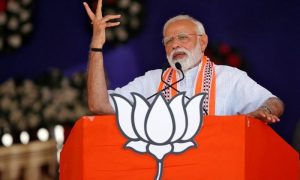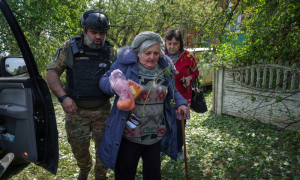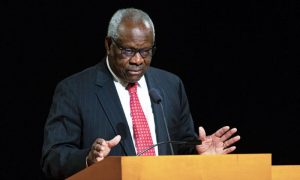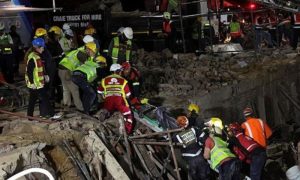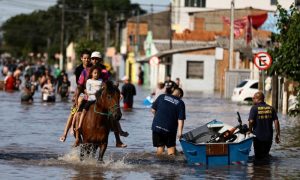In an era dominated by the constant flow of information, distinguishing between truth and falsehood has become a critical skill. The rise of fake news poses significant challenges to individuals, communities, and democracies worldwide. exploring its origins, impact, and the crucial role of media literacy in fostering a well-informed society.
Understanding Fake News: Origins and Characteristics
Fake news is not a new phenomenon, but the digital age has amplified its reach and impact. Originating from various sources, including malicious intent, sensationalism, or misinformation campaigns, fake news often leverages social media platforms to spread rapidly. Characteristics include misleading headlines, manipulated content, and the deliberate creation of false narratives to deceive readers.
The impact of fake news on society
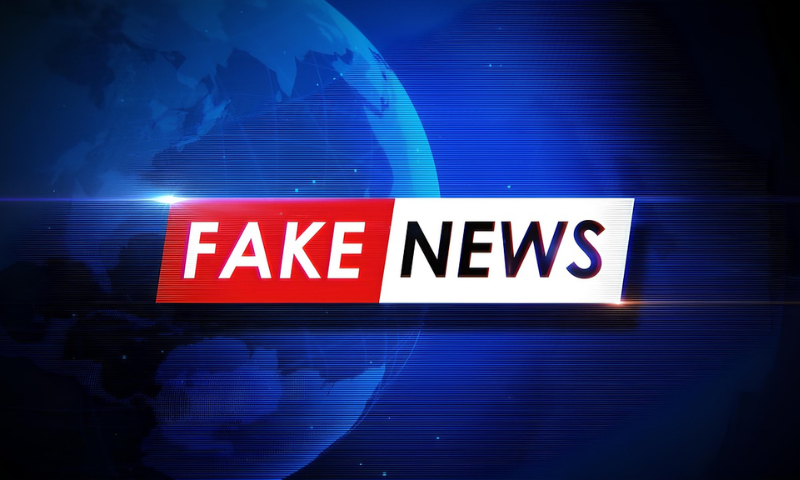
One of the primary consequences of fake news is the erosion of trust in traditional and digital information sources. As misinformation proliferates, individuals may become skeptical of news outlets, questioning the accuracy of even legitimate reporting.
Fueling disinformation campaigns
Fake news is often employed as a tool in disinformation campaigns, influencing public opinion and sowing discord. Whether in political contexts or public health crises, the deliberate spread of false information can have far-reaching consequences.
Social polarization and division
The divisive nature of fake news can contribute to social polarization, creating echo chambers where individuals are exposed only to information that aligns with their existing beliefs. This can further widen ideological divides within societies.
Defining media literacy
Media literacy is the ability to critically analyze, evaluate, and interpret media content. In the context of fake news, media literacy empowers individuals to discern credible information from misinformation and make informed decisions.
Key components of media literacy
Teach individuals to assess the credibility of information sources, considering factors such as reputation, expertise, and transparency.
Critical thinking
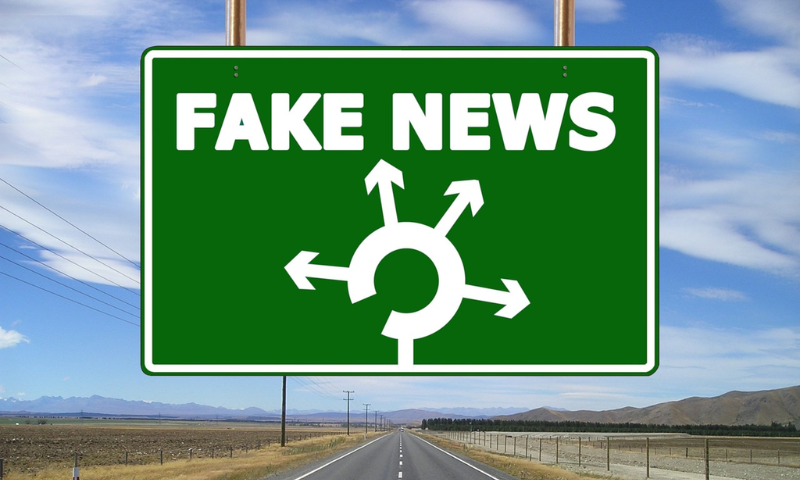
Foster critical thinking skills to question information, identify biases, and recognize logical fallacies.
Fact-Checking Techniques:
Equip individuals with fact-checking tools and techniques to verify information independently.
Understanding Digital Manipulation:
Educate on recognizing photo and video manipulation techniques used to create deceptive content.
Media Literacy Initiatives: Empowering the Public
Incorporating Media Literacy in Education
Integrating media literacy education into formal curricula is a proactive step toward building a media-literate society. Schools and educational institutions play a crucial role in shaping the media literacy skills of future generations.
Community Workshops and Awareness Campaigns
Community-based initiatives, including workshops and awareness campaigns, can reach a broader audience. These efforts aim to engage individuals across age groups and demographics, enhancing their ability to critically evaluate information.
Conclusion: Navigating the Information Landscape
In conclusion, the prevalence of fake news underscores the need for a well-informed and media-literate society. By understanding the origins and impact of fake news and actively promoting media literacy, individuals can navigate the information landscape with resilience. Media literacy is not merely a skill; it is a shield against the disruptive forces of misinformation, enabling individuals to make informed decisions and contribute to a healthier information ecosystem.














